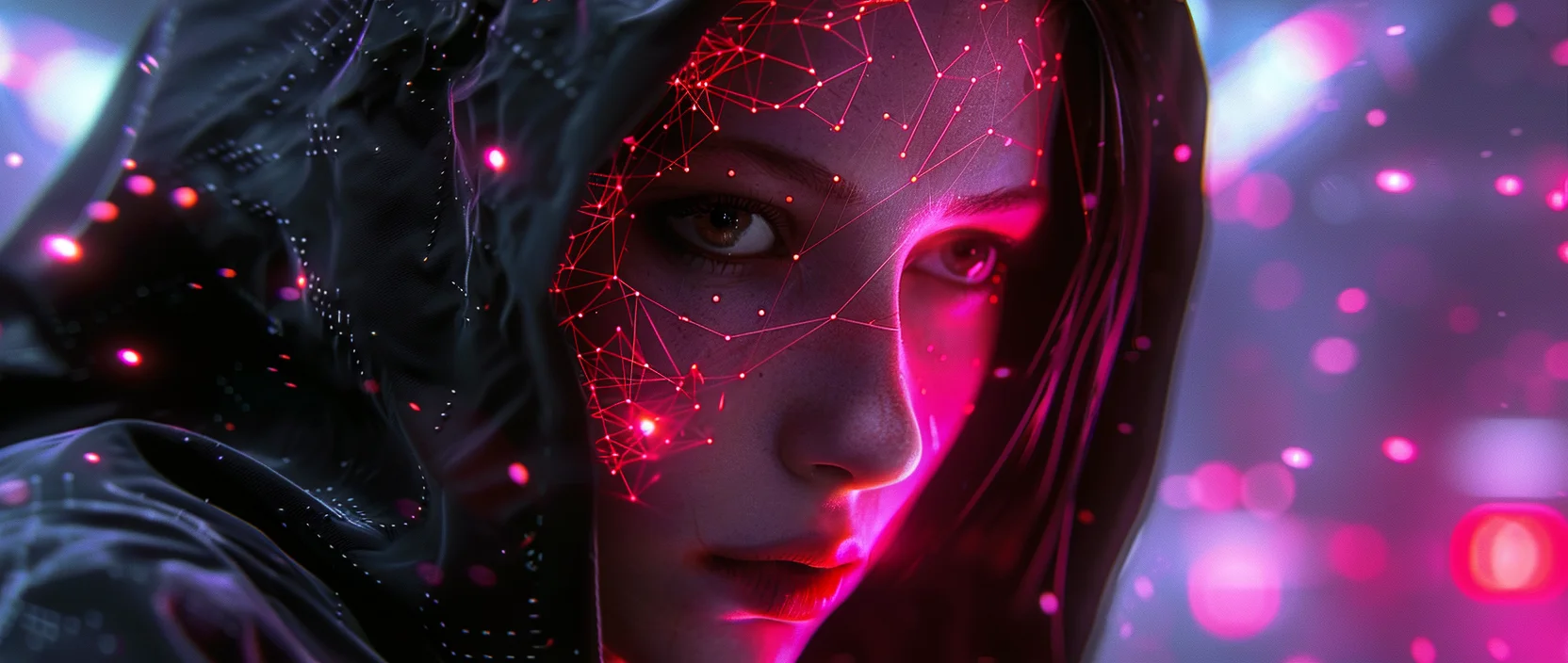HolmesAI is an innovative blockchain platform that transforms your knowledge, communication style, and personal expertise into unique AI agents. These digital “Personas” can be created, owned, and even monetized, introducing a new era of cognitive capitalism. The project reimagines the relationship between humans and artificial intelligence by turning individuality into an asset. In this article, we will explore HolmesAI’s concept, architecture, economic model, use cases, and roadmap.
Contents
- The Concept of HolmesAI
- Technology and Infrastructure
- Economic Model and Tokenization
- Use Cases and Practical Applications
- Roadmap and Future Outlook
- Conclusion

1. The Concept of HolmesAI
HolmesAI introduces the idea of AI agents that reflect the individuality of their creators rather than serving as generic assistants. Each user can form a Persona — a digital representation of their communication style, knowledge, and decision-making habits. This Persona then powers AI agents capable of acting autonomously on social networks, in communities, and within professional environments.
The uniqueness of HolmesAI lies in combining Web3, AI, and digital ownership into one ecosystem. Instead of leaving intellectual activity fragmented across messages, posts, and chats, it consolidates that knowledge into a transferable digital entity. This approach shifts AI from being a universal tool to becoming an extension of the user’s identity. It opens the door to new models of social interaction, digital identity, and long-term monetization of personal expertise.
2. Technology and Infrastructure
The architecture of HolmesAI relies on multiple technological layers that ensure transparency, scalability, and decentralization. The platform combines distributed computing, open AI models, and blockchain mechanics, enabling every participant to contribute and be rewarded. Below is a table describing the main components of the system.
| Component | Function | Advantages |
|---|---|---|
| Decentralized GPU Computing | Training and inference of AI models | Scalability and cost efficiency |
| Open Models | Collaborative algorithm development | Transparency and accelerated innovation |
| Decentralized Storage | Secure data management | Privacy protection and reliability |
| Blockchain Governance | Smart contract-based distribution of rewards | Fairness and guaranteed ownership rights |
This architecture allows HolmesAI to function as an open and sustainable ecosystem. Each stakeholder — developer, resource provider, or end user — receives a fair share of value created. In the long term, this makes HolmesAI competitive with centralized AI services while offering a more democratic and transparent digital environment. The infrastructure design also ensures that the system can evolve organically with the needs of its community.
3. Economic Model and Tokenization
The foundation of HolmesAI is the tokenization of Personas. Unlike traditional AI services, where all data and results belong to the company, here ownership is secured through blockchain. Users gain actual control over their intellectual representation and can treat it as an asset that generates value.
The economic model is powered by smart contracts: the more frequently a Persona is used, the greater the creator’s income. This mechanism incentivizes building authentic and high-quality Personas rather than generic models. Instead of relying on subscription fees, HolmesAI introduces a system that directly rewards intellectual contributions.
This approach fosters long-term engagement, encouraging users to refine and expand their Personas over time. It also enables a value chain where one agent can leverage the data of another, with revenues distributed automatically and transparently. By doing so, HolmesAI positions itself as a knowledge economy, where intellectual activity becomes a collaborative marketplace.

4. Use Cases and Practical Applications
At the initial stage, HolmesAI focuses on social platforms such as X (formerly Twitter), where agents can publish posts, engage in conversations, and maintain activity on behalf of their creators. However, the potential applications of HolmesAI extend much further, covering diverse fields and industries.
- Content Automation: managing accounts and producing updates in the creator’s unique style.
- Crypto Analysis: tracking news and markets with personalized insights.
- Productivity: scheduling, reminders, and task management enhanced by personal logic.
- Education: digital tutors reflecting specific knowledge and teaching approaches.
- Creativity: generating stories, ideas, and artistic content with a unique personality.
Such applications demonstrate how HolmesAI agents can surpass generic bots by offering deep personalization. In an era of information overload, receiving filtered and tailored content becomes a valuable advantage. This makes HolmesAI adaptable to nearly any domain where individuality and intellectual depth are key. Over time, it may redefine how we perceive productivity tools and digital assistants.
5. Roadmap and Future Outlook
HolmesAI has already secured more than $3 million in its Seed+ funding round, attracting investors such as Bitrise Capital, Waterdrip Capital, and CGV Fund. Earlier, the project received incubation support from HashKey Group and a major cloud provider. This backing confirms the strategic significance of HolmesAI and highlights market demand for personalized AI agents.
The roadmap includes the release of new Alpha versions for both PC and mobile, the launch of the Ignition program to expand the community, and the integration of DAO governance. The team also plans to enhance AI-generated content tools and introduce decentralized training mechanisms. These steps are designed to transform HolmesAI into a complete ecosystem with a global user base.
If the project achieves its goals, it will not just remain a platform but become a new standard for human-AI interaction. HolmesAI has the potential to guide the evolution of the Web3 economy, where individuality is recognized as a resource and intellectual assets gain tangible value. Its growth could influence both digital culture and economic models worldwide.
6. Conclusion
HolmesAI represents more than just another AI service. It offers a model in which the user’s individuality is placed at the center of digital economy. By combining blockchain infrastructure, decentralized computing, and the Persona concept, the project creates an ecosystem where everyone can be both a consumer and a creator.
As its user base and integrations grow, HolmesAI has the ability to reshape the AI market. It makes interactions with digital agents more human-like, meaningful, and valuable. This positions HolmesAI as one of the most promising projects at the intersection of AI and Web3 — a platform that outlines the future of cognitive capitalism and digital ownership.




